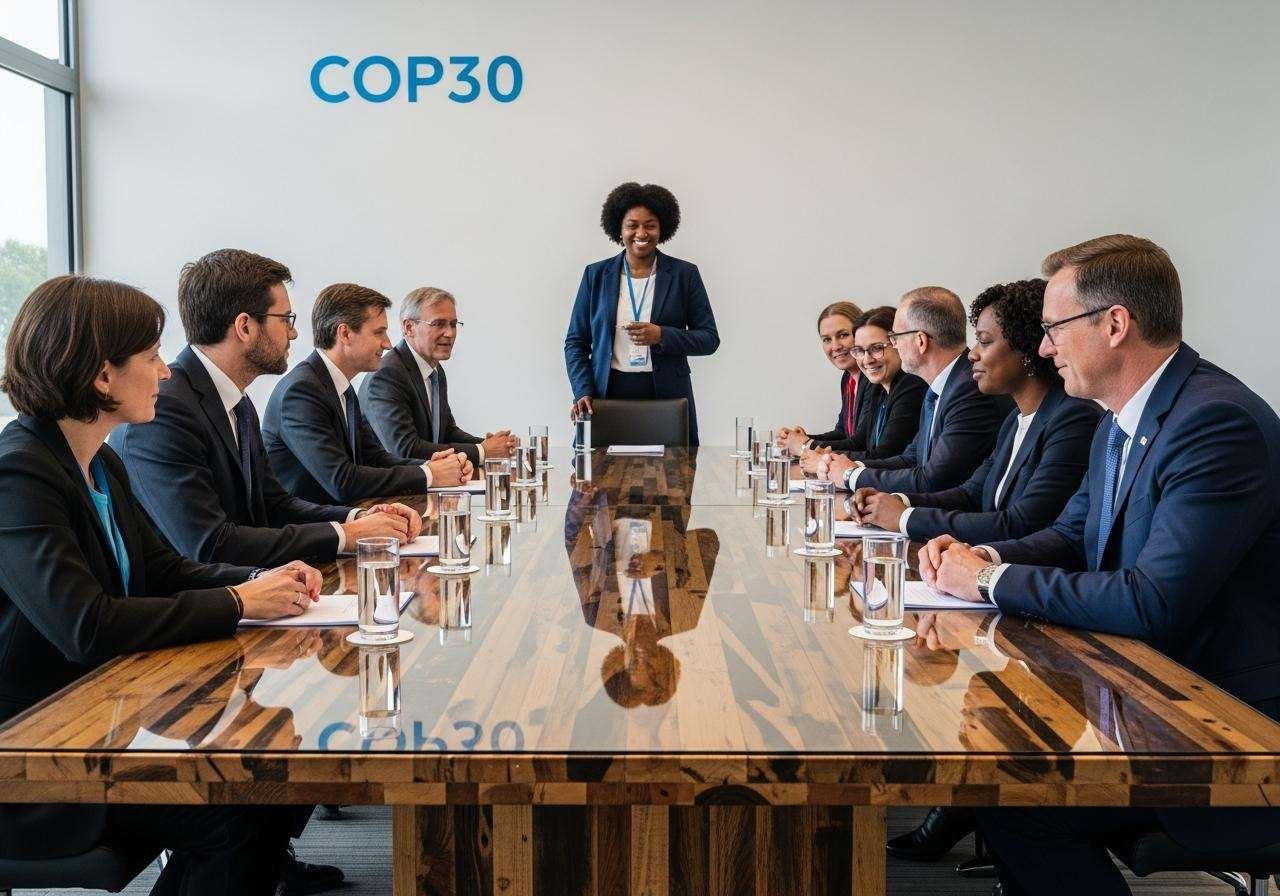
Introduction to COP30
When world leaders, scientists, and activists gather in Belém, Brazil, for COP30 in 2025, they won’t just be meeting for another round of climate talks—they’ll be standing at a tipping point. COP30, short for the 30th Conference of the Parties under the United Nations Framework Convention on Climate Change (UNFCCC), marks three decades of negotiating humanity’s response to a warming planet. These annual gatherings have shaped the global climate playbook, from the Kyoto Protocol to the Paris Agreement.
The setting itself carries symbolism. Belém, a gateway to the Amazon—the planet’s largest tropical rainforest and one of Earth’s most vital carbon sinks—reminds the world what’s at stake. COP30 is expected to focus on three big themes: speeding up emission cuts, protecting biodiversity, and ensuring climate justice for nations and communities most affected by climate change.
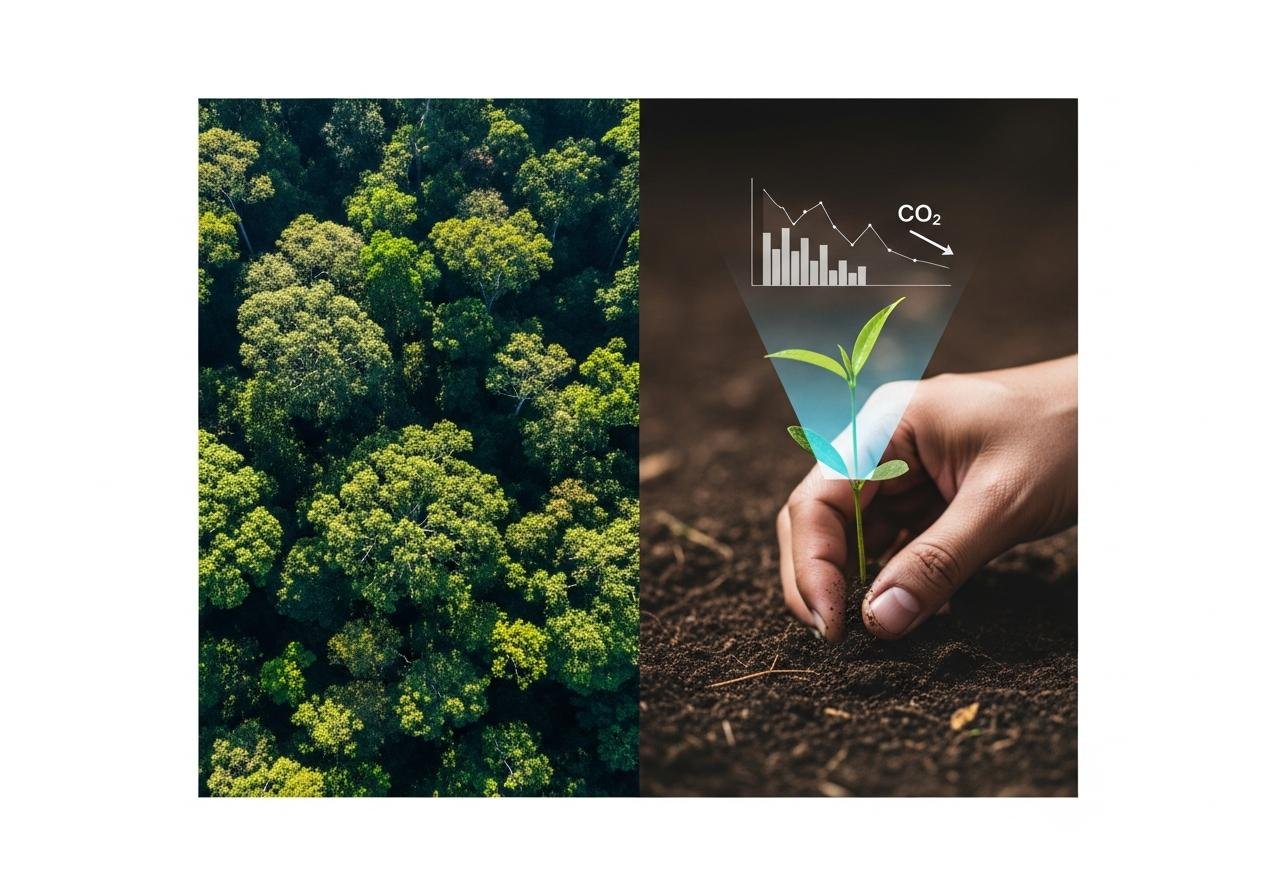
The Importance of COP30 in the Global Context
The climate clock is ticking faster than ever. The past few years have brought record-breaking heatwaves, wildfires from California to Greece, and devastating floods from Pakistan to Germany. According to scientists, every fraction of a degree matters—and without sharper cuts in greenhouse gas emissions, global temperatures could pass the 1.5°C limit set by the Paris Agreement within a decade.
COP30 arrives at a moment when countries must update and strengthen their national climate plans, known as Nationally Determined Contributions (NDCs). These plans are the backbone of the Paris framework, outlining how each nation will reduce emissions and adapt to climate change. The hope is that COP30 will serve as a catalyst—helping transform promises on paper into measurable progress, and convincing nations that cooperation, not competition, is the only viable path forward.
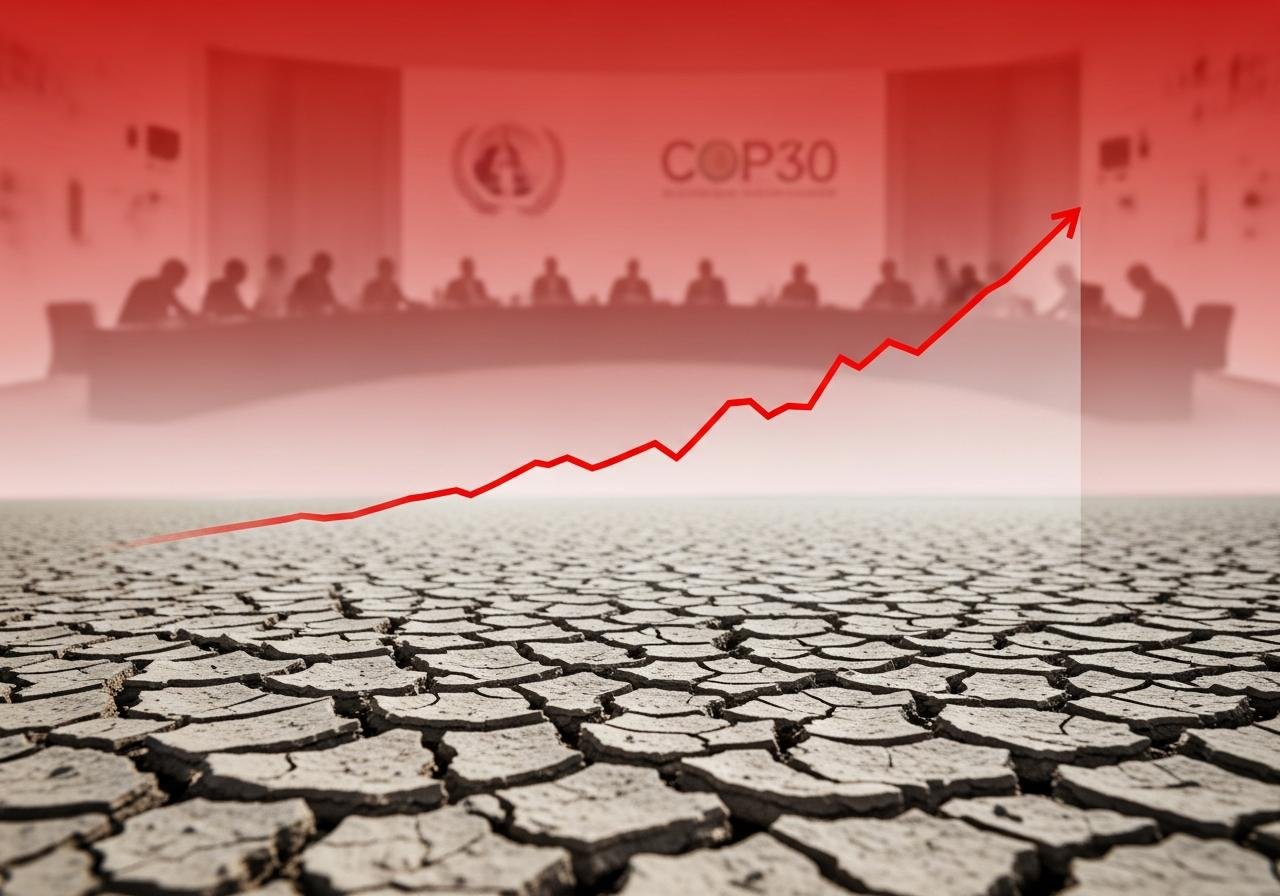
Key Players and Stakeholders at COP30
The guest list reads like a snapshot of the planet’s power map. Major emitters such as the United States, China, India, and the European Union will be under scrutiny for how they plan to accelerate their transitions to clean energy. Small island nations, meanwhile, will arrive with a moral authority that outweighs their economic size, reminding everyone that for them, climate change isn’t a debate—it’s an existential threat.
Outside the negotiation halls, expect strong voices from NGOs, youth movements, and indigenous leaders demanding accountability and inclusion. Businesses—especially in renewable energy, finance, and technology—will have a seat at the table too, not just as observers but as solution providers. And throughout it all, scientists and policy experts will work to ground discussions in facts, models, and scenarios that can guide realistic yet ambitious action.
Expected Outcomes and Targets for COP30
- New commitments to reduce global greenhouse gas emissions by 2035 and 2040.
- Expanded financing for developing nations to adapt to climate impacts—especially through the “loss and damage” fund established at COP27.
- Stronger frameworks for protecting forests, oceans, and other ecosystems that absorb carbon.
- Clear accountability measures and progress tracking for each country’s climate pledges.
While consensus often moves slowly in global diplomacy, the tone in Belém may be more urgent. Many delegates realize this decade will likely decide whether the world keeps climate goals within reach—or watches them slip away.
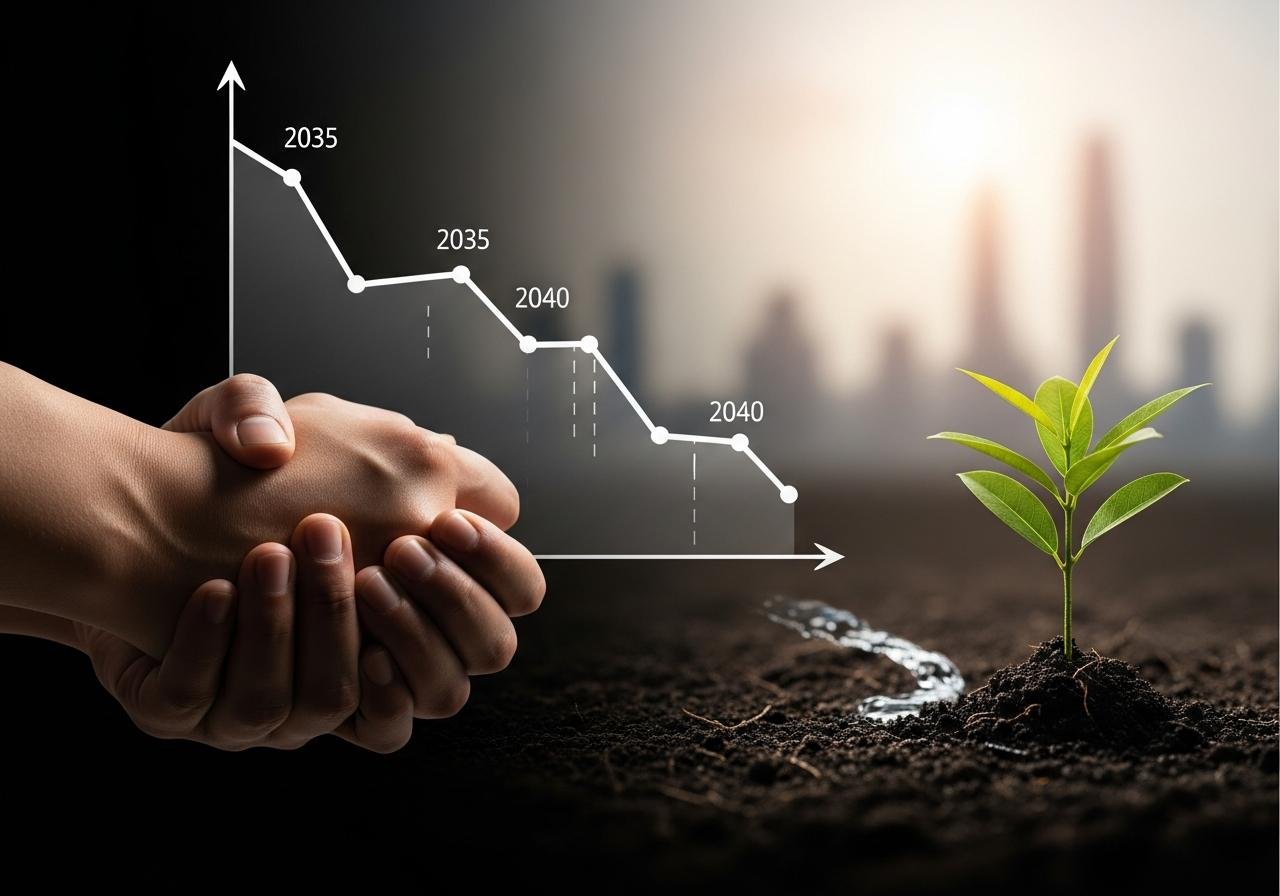
Challenges and Controversies Surrounding COP30
Yet, as with every COP, friction is inevitable. Some of the world’s largest economies still rely heavily on fossil fuels, making deep decarbonization politically tricky. Disputes over climate finance—how much rich nations should pay to help poorer ones adapt—could resurface. Critics also question whether existing commitments are too vague or delayed to make a difference.
Past conferences have sometimes ended in disappointment: lofty declarations followed by modest implementation. COP30’s challenge will be to bridge that gap—to show that this isn’t just another climate summit, but a turning point backed by real resources and accountability.

The Role of Technology and Innovation in COP30
Technology has always been the quiet hero of climate progress, and COP30 will likely spotlight its growing importance. Solar and wind power now outperform fossil fuels in cost across much of the world. Advances in energy storage, green hydrogen, and carbon capture are moving from lab to industry scale. And digital tools—satellite monitoring, AI-driven modeling, blockchain for carbon tracking—are improving transparency and trust in global reporting.
Brazil itself offers compelling case studies, from biofuel innovation to community-based forest monitoring in the Amazon. Expect to hear not just about what the world must cut, but also what it can build—a cleaner, fairer, more resilient economy.
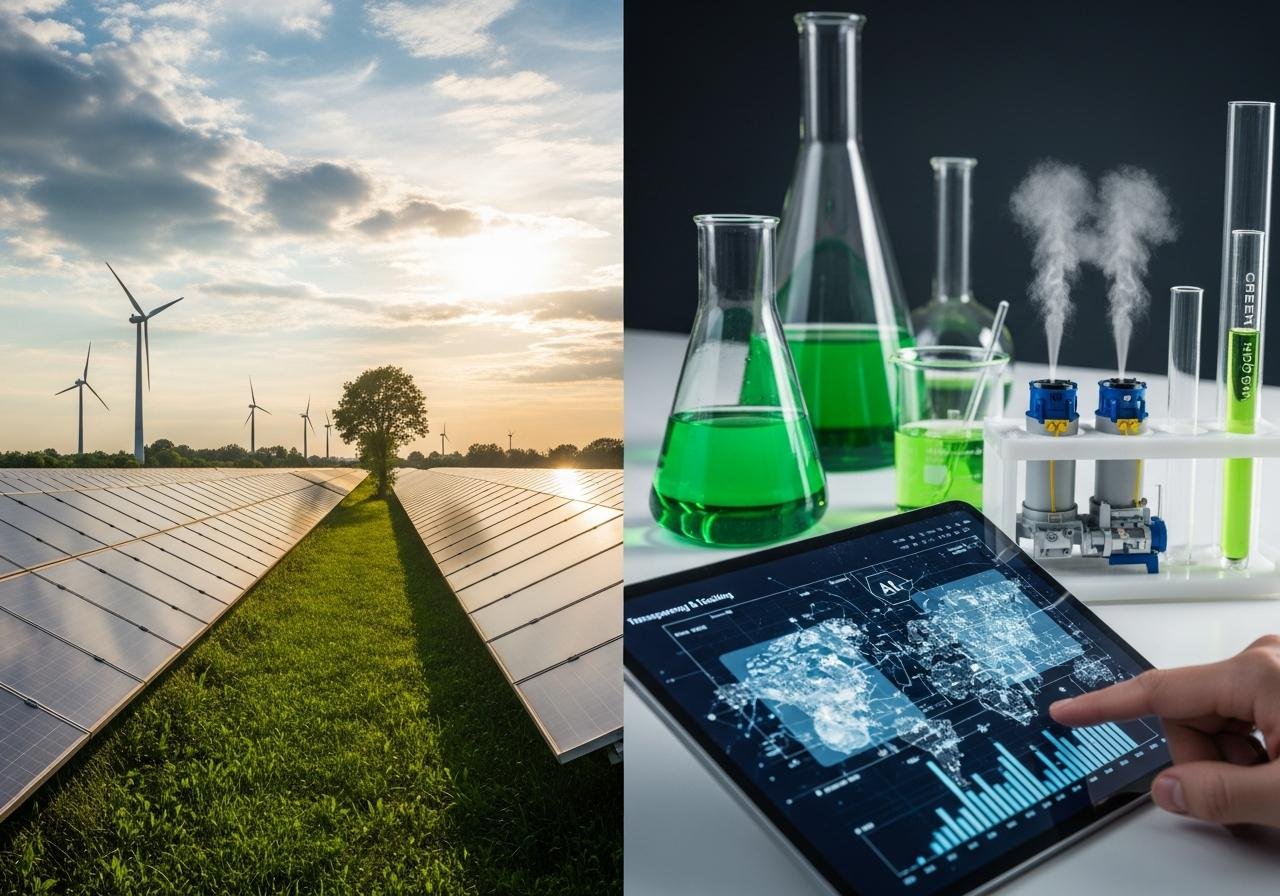
Public Engagement and the Impact of COP30 on Local Communities
COP30 isn’t just about diplomats and policy documents. Its outcomes ripple down to farmers in Kenya adjusting to erratic rains, coastal families in Louisiana raising their homes, and indigenous peoples in the Amazon defending ancestral lands. Local experiences shape global understanding. And increasingly, everyday citizens—through protests, social media, and sustainable consumer choices—are steering the climate conversation as much as politicians are.
Public engagement will be crucial. The more people see climate action as an opportunity for better jobs, cleaner cities, and healthier communities, the stronger the momentum behind any global agreement.

Looking Beyond COP30: The Road Ahead
When the delegates pack up their briefcases and journalists leave Belém, the real test begins. What happens next—how countries translate speeches into solar farms, policies into reduced emissions, and promises into progress—will shape the decades ahead.
Still, there’s reason for cautious optimism. Clean energy investment is surging, younger generations are demanding accountability, and nature-based solutions are gaining respect as essential allies in stabilizing the planet. The path ahead isn’t simple, but it’s still open. COP30 could remind us that while the climate challenge is immense, so too is our capacity to adapt, innovate, and cooperate.
COP30 and Why It Matters — FAQs
1. What is COP30?
COP30 stands for the 30th Conference of the Parties to the United Nations Framework Convention on Climate Change (UNFCCC). It is a major global climate summit where world leaders, scientists, activists, and policymakers gather to discuss and decide actions to combat climate change.
2. When and where will COP30 take place?
COP30 will be held in November 2025 in Belém, Brazil, located in the Amazon region. It will be the first COP to take place in the heart of the Amazon rainforest — one of the world’s most important ecosystems for regulating the global climate.
3. Why is COP30 significant?
COP30 is crucial because it marks the first major global checkpoint since the Paris Agreement of 2015. By 2025, all countries are expected to submit new, stronger climate action plans (Nationally Determined Contributions or NDCs) to help limit global warming to 1.5°C. The conference will test global commitment to these targets.
4. What are the main goals of COP30?
- Review global progress toward the Paris Agreement goals.
- Encourage stronger emission reduction targets for 2035.
- Boost climate financing for developing nations.
- Protect forests and biodiversity, especially the Amazon.
- Accelerate the transition to clean energy and sustainable economies.
5. Why is the location — Belém, Brazil — important?
Belém sits at the gateway to the Amazon rainforest, a vital carbon sink that absorbs large amounts of CO₂. Hosting COP30 in this region highlights the urgent need to protect the Amazon, which faces deforestation, fires, and exploitation. It also gives a voice to Indigenous communities who play a key role in forest conservation.
The post COP30 and why it matters appeared first on Green.org.














